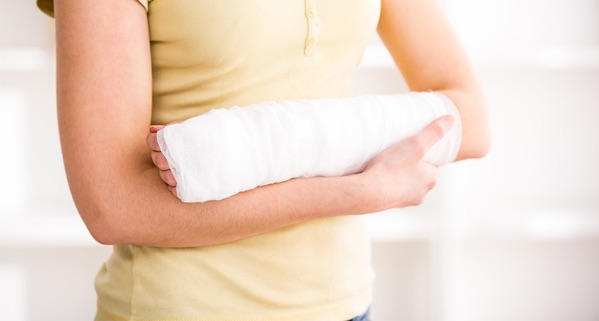A new UCLA-led study has found that postmenopausal women younger than age 65 who suffer a wrist fracture might be at increased risk for bone fractures in other parts of their bodies, such as the hip, later in life. The study appears in the November edition of the Journal of Bone and Mineral Research, and stresses the importance of developing strategies to prevent future fractures after an initial wrist fracture occurs.
The study authors note that wrist fractures are common among postmenopausal women who are younger than 65 and their new study suggests that they may also predict more serious fractures in other parts of their bodies later in life: a 50% increased risk of subsequent spine fractures; an 80% increased risk for upper arm fractures; a 90% increased risk of a lower arm non-wrist fracture; and a 40% increased risk of leg fractures
The investigators found that one of five women who had suffered a broken wrist subsequently experienced a non-wrist fracture during the next 10 years. They also said that the study suggested that women who broke a wrist had a 40% increased risk of other bone fractures during the subsequent 11 years compared with women who did not break a wrist.
“Our results emphasize that wrist fractures do identify a group of women at particular risk for future fracture,” explained lead author Carolyn Crandall, MD, a professor of medicine in the division of general internal medicine and health services research at the David Geffen School of Medicine at UCLA. She added, “The information highlights the great importance of working to develop strategies to prevent future fractures after an initial wrist fracture occurs.”
For the study, the researchers accessed data from the Women’s Health Initiative (WHI), whose participants were aged 50 to 79 at the start of the study in 1993. More than 160,000 women completed annual questionnaires detailing the fractures they experienced during more than a decade of follow-ups; this allowed the researchers to determine fracture trends among them. The investigators examined the types of non-wrist fractures the women experienced following their initial fracture.
These associations persisted even after adjusting for factors such as bone mineral density, physical activity, smoking and alcohol use, calcium and vitamin D intake, falls, and all other known fracture risk factors. The authors suggest that abnormalities in bone structure or strength could be responsible for this increased fracture risk.








